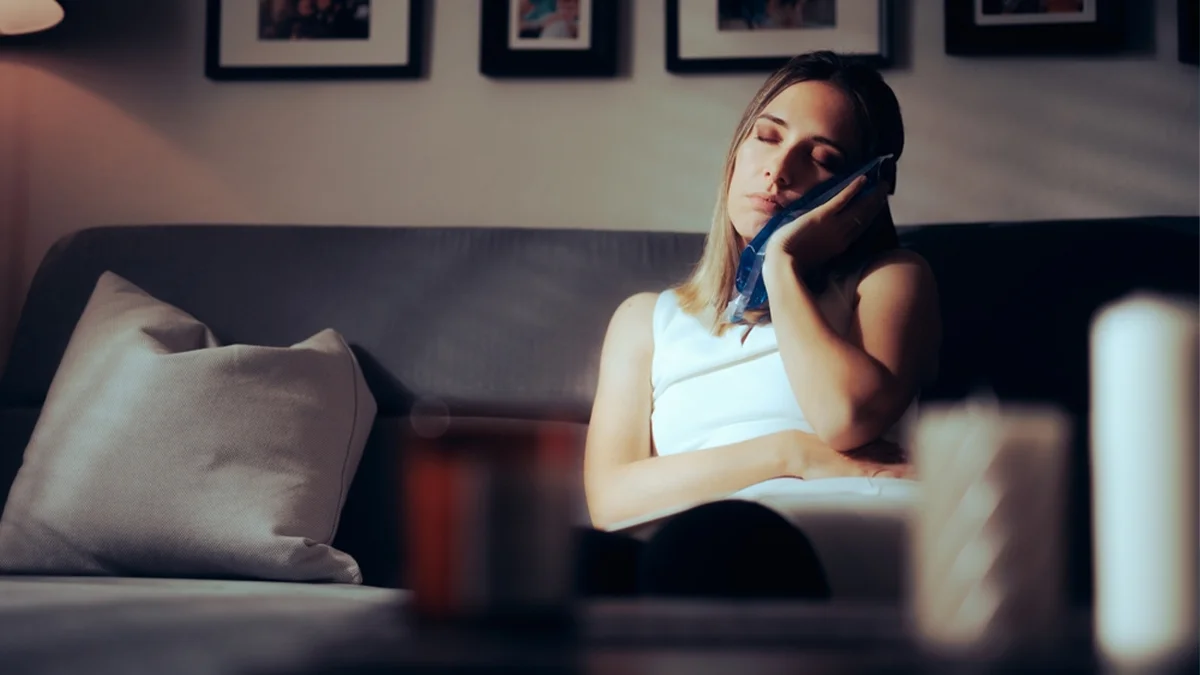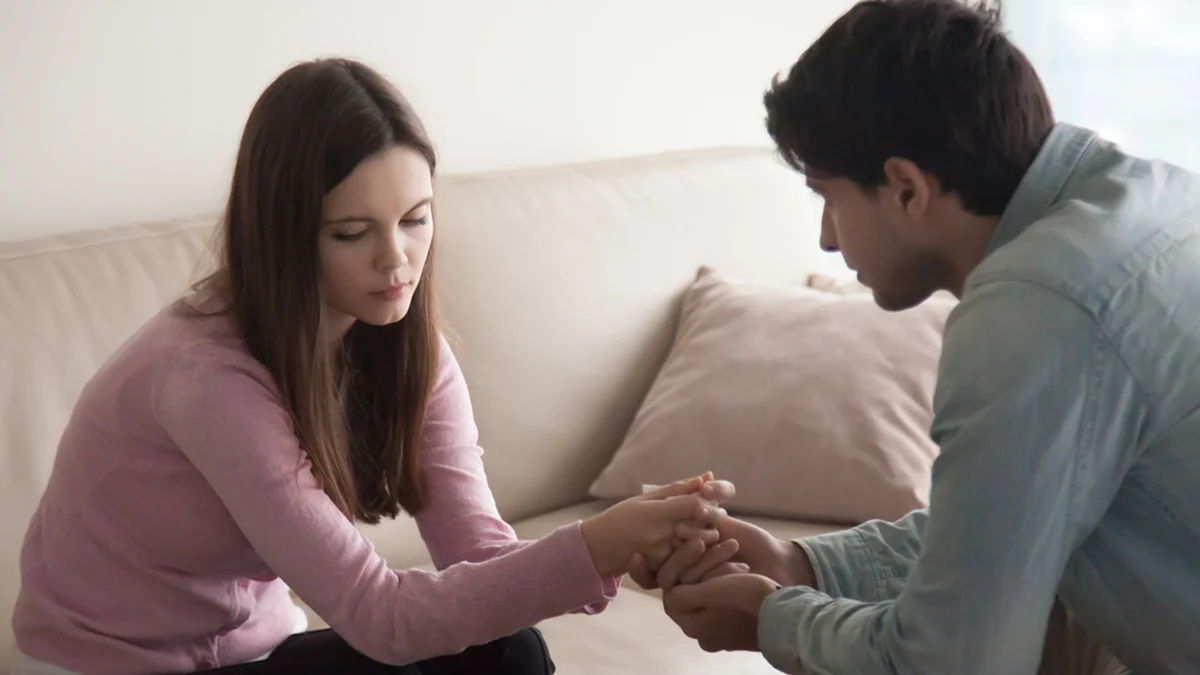Bipolar 2 Disorder: Symptoms and Treatment
Bipolar 2 disorder stands as a significant mental health concern and manic-depressive illness, impacting individuals’ daily lives with its recurring pattern of extreme mood swings. Bipolar 2 disorder occurs through hypomanic and depressive manifestations, each presenting its own set of challenges.
The alternating extreme highs and lows can disrupt daily functioning, making recognizing and addressing these bipolar symptoms imperative. In this article, we delve into the nuances of this condition, shedding light on its symptoms and treatment approaches. Continue reading for a better understanding.
Key Takeaways
Bipolar 2 disorder is a serious mental health concern across the United States. Here is what the article covers:
- Bipolar 2 disorder is manifested through symptoms categorized by hypomanic and depressive episodes.
- Bipolar 2 disorder impacts personal and professional life due to its cyclic pattern of mood swings.
- Treatment for bipolar 2 disorder typically involves a combination of medication and therapies.
The Recovery Team offers a specialized treatment for bipolar 2 disorder. Contact us at (800) 8171247 for further details.
What is Bipolar 2 Disorder
Bipolar 2 Disorder, a mental health condition, presents unique challenges to individuals experiencing its effects. Bipolar 2 disorder is characterized by episodes of hypomania, which involve periods of heightened mood and energy, often leading to increased productivity or engagement in activities.
The alternating hypomanic states are followed by depressive episodes, where individuals may experience feelings of sadness, laziness, and loss of interest in daily activities. This repeated occurrence of intense mood changes can significantly become a discomfort in leading a normal life.
While the exact cause of bipolar disorder remains unclear, research suggests that a combination of environmental, neurobiological, and genetic factors may contribute to its development. Identifying triggers is vital in managing the disorder and minimizing its impact on daily life.
Recognizing the Symptoms of Bipolar 2 Disorder
Bipolar 2 disorder is a mood disorder defined by alternating depressive and hypomanic occurrences (less severe than full-blown episodes of mania). Here are some symptoms associated with each:
Manic Episode Symptoms (Hypomania in Bipolar 2)
Here is the list of manic episode symptoms:
- Increased Energy: Individuals may feel more energized than usual, often engaging in numerous activities and projects simultaneously.
- Elevated Mood: A noticeable, abnormally high, or euphoric mood seems disproportionate to the individual’s circumstances.
- Racing Thoughts: A rapid flow of thoughts that are difficult to control can lead to jumping from one idea to another.
- Increased Talkativeness: Individuals may speak more rapidly than usual, with a sense of urgency or pressure to keep talking.
- Decreased Need for Sleep: Feeling rested after lack of sleep or not feeling the need for extended periods.
- Impulsive Behavior: Engaging in risky or erratic behaviors such as reckless spending, substance abuse, or sexual indiscretions.
- Distractibility: Difficulty concentrating on tasks due to excessive thoughts and ideas.
Everyone must learn these symptoms to acquire early intervention.
Depressive Episode Symptoms
The following symptoms manifest common depressive episodes:
- Persistent Sadness: Feeling sad, hopeless, or empty most of the day, nearly every day.
- Loss of Interest or Pleasure: Diminished interest or pleasure in once enjoyable activities, including social activities.
- Changes in Appetite or Weight: Noticeable weight loss or gain or changes in appetite due to overeating or loss of appetite).
- Sleep Disturbances: Insomnia or hypersomnia.
- Fatigue or Loss of Energy: Feeling exhausted even after taking rest.
- Feelings of Worthlessness: Excessive feelings of guilt, worthlessness, or self-blame.
- Difficulty Concentrating: Trouble focusing, making decisions, or remembering things.
- Psychomotor Agitation or Retardation: Restlessness or slowed movements and speech observable by others.
- Suicidal Thoughts or Behavior: Thoughts of death, suicidal ideation, or suicide attempts.
It’s important to note that not everyone with bipolar 2 disorder will experience all of these symptoms, and the severity and frequency of episodes can vary widely among individuals. Hence, it’s necessary to seek help from a mental health professional for accurate diagnosis and appropriate treatment.
The Difference Between Bipolar 1 and Bipolar 2 Disorder
There are two main types of bipolar disorder: bipolar 1 and bipolar 2. While they share similarities, there are also distinct differences in symptoms, episodes, and treatment approaches.
Symptoms and Episodes
In bipolar I disorder, individuals experience manic episodes that last at least 7 days or are severe enough to require immediate hospital care. Depressive episodes also occur, lasting at least two weeks, with symptoms such as sadness and loss of interest in activities.
Bipolar 2 disorder involves recurrent episodes of depression and hypomania. Hypomanic episodes last at least four days and are not severe enough to cause significant impairment in functioning. Individuals with bipolar 2 disorder typically experience more depressive episodes than hypomanic episodes.
Treatment Approaches
Treatment for bipolar I disorder often involves a combination of medication and psychotherapy. Mood stabilizers, like lithium or anticonvulsants, are commonly prescribed to help control manic and depressive symptoms. Atypical antipsychotics may also be used to manage severe manic episodes.
Psychotherapy, which includes cognitive-behavioral therapy (CBT) or interpersonal therapy, can teach individuals coping skills and recognize early warning signs of mood episodes. Treatment for bipolar 2 disorder may involve similar approaches, but medications are often tailored to address the specific symptoms.
The Causes and Risk Factors of Bipolar 2 Disorder
Research suggests genetic, biological, and environmental factors contribute to its development. Here’s an overview of the causes and risk factors associated with bipolar II disorder:
Genetic Influences on Bipolar 2 Disorder
Bipolar 2 disorder is a mental health issue that runs in families. If someone in your family has bipolar disorder, you might be at higher risk of having it, too. Scientists have found that identical twins are more likely to have bipolar disorder than twins who are not identical.
This tells us that genes, which are like tiny instructions in our bodies, play a big role in causing bipolar II disorder. While scientists haven’t found one specific gene responsible, they’ve discovered many genes that make someone more likely to get bipolar 2 disorder.
Environmental Factors Contributing to Bipolar 2 Disorder
Besides genes, things that happen in our lives can also affect bipolar 2 disorder. Stressful events can make bipolar 2 disorder worse. Sometimes, bad things happening when we’re young, like being hurt or not having a happy family, can increase the chances of getting bipolar 2 disorder later.
Using drugs or alcohol can also make bipolar 2 disorder worse or cause more mood swings. Even certain medications, like ones for major depressive disorder, can make someone’s mood go up too much. So, it’s not just our genes but also our life experiences that can play a part in causing bipolar II disorder.
Diagnosis Process for Bipolar 2 Disorder
Diagnosing Bipolar 2 Disorder typically involves a comprehensive process that combines mental health evaluations, medical tests, and observations. Here’s an overview of the diagnosis process for Bipolar 2 Disorder:
Initial Assessment
The process often begins with a preliminary assessment by a mental health professional. This assessment may involve discussing symptoms of bipolar disorder and medical history, including family history of mental health and anxiety disorders.
Mental Health Evaluations
Bipolar disorder symptoms are assessed based on diagnostic criteria outlined in the Diagnostic and Statistical Manual of Mental Disorders (DSM-5 criteria), published by the American Psychiatric Association. For a correct diagnosis of Bipolar 2 Disorder, individuals must have experienced at least one hypomanic episode and one major depressive episode.
Medical History Review
The health care provider will review the patient’s medical history, including any past or current medical conditions, substance use disorders, and any history of psychiatric treatment. Since manic depression can have a genetic component, assessing the family history of bipolar disorder can provide valuable information.
Treatment Planning
The diagnosis of Bipolar 2 Disorder is often made collectively between the patient and the healthcare provider. Following diagnostic tests, the clinician works with the patient to develop a comprehensive treatment plan, including medication, psychotherapy, and support resources.
Treatment Options for Bipolar 2 Disorder
Treatment for Bipolar 2 Disorder typically involves a combination of medication and psychotherapy. Here’s an overview of both:
Medication Treatments
Medication treatments for Bipolar 2 Disorder aim to stabilize mood swings and manage symptoms. The most common types of medications include mood stabilizers like lithium or anticonvulsants such as valproate or lamotrigine.
Doctors may prescribe atypical antipsychotics or antidepressants in some cases. These medications work to regulate brain chemicals associated with irritable mood and behavior. Individuals need to communicate regularly with their healthcare professional about any side effects or changes in symptoms.
Psychotherapy Treatment
Psychotherapy, also known as talk therapy, plays a key role in treating Bipolar 2 Disorder. Through attending regular sessions with a therapist, individuals can navigate their thoughts, emotions, and behaviors related to the disorder.
Cognitive-behavioral therapy (CBT) helps recognize and alter negative thought patterns that contribute to mood swings. Interpersonal and social rhythm therapy (IPSRT) focuses on stabilizing daily routines and improving relationships.
Lifestyle Changes and Coping Mechanisms
When dealing with Bipolar 2 Disorder, it’s essential to make some lifestyle changes and learn how to cope with challenges. One important change is self-care and regular exercise, which can help improve mood and reduce stress.
Finding ways to manage stress, like practicing mindfulness or deep breathing, is necessary. It’s mandatory to avoid using drugs or alcohol because they can worsen symptoms. Additionally, having supportive friends circle and family members can make a huge difference in managing Bipolar 2 Disorder.
Living With Bipolar 2 Disorder
Living with Bipolar disorder experience presents unique challenges, but with the right support systems and management strategies, it’s possible to lead a fulfilling life. Here’s a guide to building personal and professional support systems, as well as recognizing and managing Bipolar 2 episodes:
Building Personal and Professional Support Systems
Living with Bipolar 2 Disorder means having a strong support system is crucial. Friends, family, and counselors can offer understanding and encouragement. Sharing feelings with loved ones can ease the burden. In school, teachers and counselors can provide support and accommodations.
Joining support groups or online communities connects you with others facing similar challenges. Developing hobbies or activities you enjoy can boost mood and self-esteem. Remember, it’s okay to ask for help when needed.
Recognizing and Managing Bipolar 2 Episodes
Recognizing the Bipolar spectrum involves paying attention to changes in mood and behavior. During depressive episodes, you may feel sad, hopeless, or tired. Full manic episodes can bring high energy, impulsivity, or irritability. Keeping a mood journal helps track patterns and triggers.
Managing episodes involves sticking to a routine, getting enough sleep, and avoiding alcohol or drugs. Learning coping strategies like deep breathing or mindfulness can help regulate emotions. Seeking professional help is essential to treat this personality disorder.
Reclaim Control: Join The Recovery Team
Are you feeling overwhelmed by mental health challenges? The Recovery Team offers a solution. Our comprehensive mental health program provides evidence-based therapies like cognitive behavioral therapy (CBT) and dialectical behavior therapy (DBT), guiding you toward managing thoughts, emotions, and behaviors.
With a personalized medication management program, our psychiatric team ensures effective treatment for your needs.
Contact us at (800) 8171247 and take the first step towards a brighter future with The Recovery Team. Your path to healing starts now.






